The 3D Cell Culture Market size is expected to reach US$ 4.66 billion by 2031. The market is anticipated to register a CAGR of 13.7% during 2025-2031.
3D Cell Culture Market report studies market by technology, application, and region. The regional segmentation of major markets and countries gives an international outlook of the market. Market analysis in US$ (for reference), which is used in the report, gives you a detailed understanding of the growth, competition and market dynamics in each segment. This data helps stakeholders take better decision and determine opportunities in the booming 3D cell culture market.
Purpose of the Report
The report 3D Cell Culture Market by The Insight Partners aims to describe the present landscape and future growth, top driving factors, challenges, and opportunities. This will provide insights to various business stakeholders, such as:
- Technology Providers/Manufacturers: To understand the evolving market dynamics and know the potential growth opportunities, enabling them to make informed strategic decisions.
- Investors: To conduct a comprehensive trend analysis regarding the market growth rate, market financial projections, and opportunities that exist across the value chain.
- Regulatory bodies: To regulate policies and police activities in the market with the aim of minimizing abuse, preserving investor trust and confidence, and upholding the integrity and stability of the market.
3D Cell Culture Market Segmentation Product
- Scaffold Based
- Scaffold Free
- 3D Bio Printing and Magnetic Levitation
- Microfluidics Based
Application
- Drug Discovery
- Regenerative Medicine
- Cancer and Stem Cell Research
End User
- Biotechnological and Pharmaceutical Institutes
- Research Institutes
Geography
- North America
- Europe
- Asia-Pacific
- South and Central America
- Middle East and Africa
You will get customization on any report - free of charge - including parts of this report, or country-level analysis, Excel Data pack, as well as avail great offers and discounts for start-ups & universities
3D Cell Culture Market: Strategic Insights
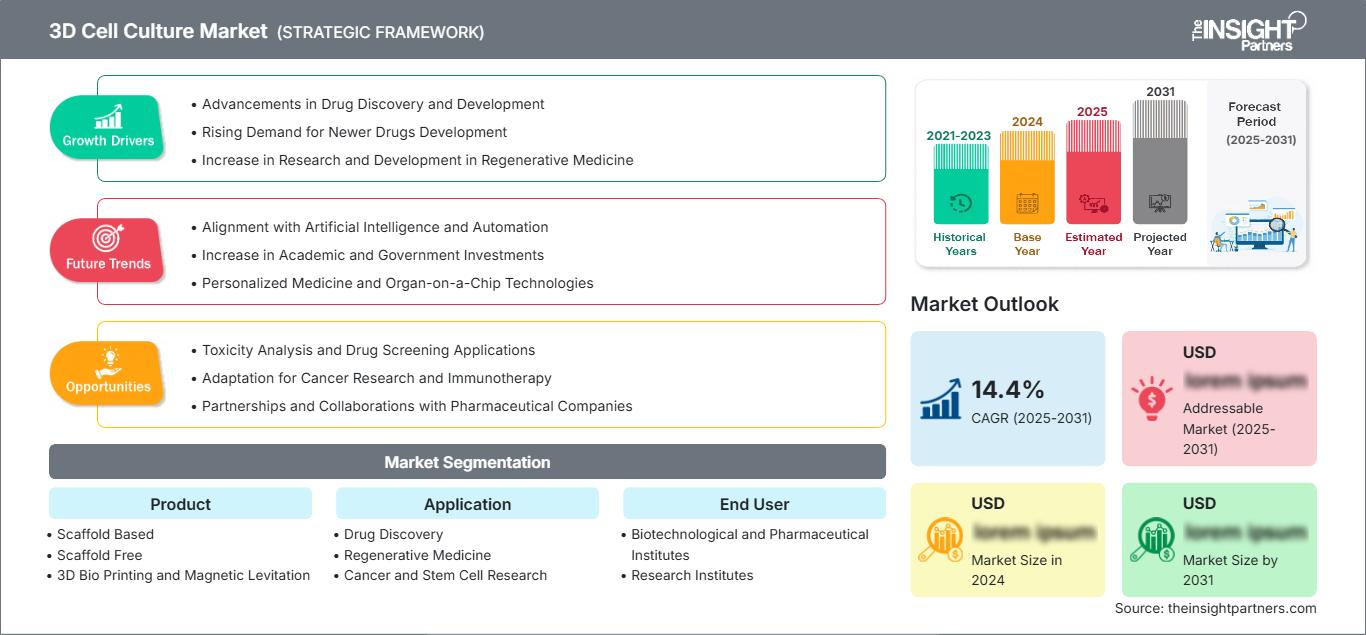
-
Get Top Key Market Trends of this report.This FREE sample will include data analysis, ranging from market trends to estimates and forecasts.
3D Cell Culture Market Growth Drivers
- Advancements in Drug Discovery and Development: Traditional 2D cell cultures do not effectively replicate the complexity of human tissues, leading to less accurate results. 3D cell cultures are becoming more popular for drug screening and disease modeling because they provide better representation of in vivo conditions.
- Rising Demand for Newer Drugs Development:This need to have high-end drug development methods is the key driver for the 3D cell culture market. 2D cell cultures cannot accurately simulate complex cellular environments found in the body so 3D cell cultures can be a better option for drug testing and disease modeling. Drug toxicity and efficacy are better predicted with the help of 3D cell culture systems. Research from the National Institutes of Health (NIH) found that 95% of drug candidates are lost to clinical trials due to inadequate test models indicating the need for 3D cell culture models in the pharmaceutical field. This is driving 3D Cell Culture market demand because drug developers turn to 3D cultures for their more accurate testing.
- Increase in Research and Development in Regenerative Medicine: A second reason is the huge increase in research and development in regenerative medicine. 3D cell cultures enable more accurate simulations of human tissues and organs for stem cell therapy, tissue engineering and organ regeneration. With the growth of global research in regenerative medicine, more and more people will need 3D cell culture infrastructure for accurate and precise results. The International Stem Cell Society says that the world stem cell therapy market will exceed $100 billion by 2030, driving the development of 3D cell cultures for regenerative therapies.
3D Cell Culture Market Future Trends
- Alignment with Artificial Intelligence and Automation:
One of the most upcoming future trends for the 3D cell culture market is Artificial Intelligence (AI) and automation. It is applied to massive datasets produced by 3D cell culture experiments to increase the precision of the results and expedite the drug discovery. The automation technologies, too, are making 3D cell culture cultivation, imaging and analysis of cells more scalable and human error-free. As per the National Institutes of HealthReport Scope3D Cell Culture Market Regional Insights
The regional trends and factors influencing the 3D Cell Culture Market throughout the forecast period have been thoroughly explained by the analysts at The Insight Partners. This section also discusses 3D Cell Culture Market segments and geography across North America, Europe, Asia Pacific, Middle East and Africa, and South and Central America.
3D Cell Culture Market Report Scope
By Application- Drug Discovery
- Regenerative Medicine
- Cancer and Stem Cell Research
- Biotechnological and Pharmaceutical Institutes
- Research Institutes
- UK
- Germany
- France
- Russia
- Italy
- Rest of Europe
- China
- India
- Japan
- Australia
- Rest of Asia-Pacific
- Brazil
- Argentina
- Rest of South and Central America
- South Africa
- Saudi Arabia
- UAE
- Rest of Middle East and Africa
Report Attribute Details Market size in 2024 US$ XX Billion Market Size by 2031 US$ 4.66 billion Global CAGR (2025 - 2031) 13.7% Historical Data 2021-2023 Forecast period 2025-2031 Segments Covered By Product - Scaffold Based
- Scaffold Free
- 3D Bio Printing and Magnetic Levitation
- Microfluidics Based
Regions and Countries Covered North America - US
- Canada
- Mexico
Market leaders and key company profiles - Merck KGaA
- KURARAY CO., LTD
- Corning Incorporated
- Lonza
- Thermo Fisher Scientific, Inc.
- SYNTHECON, INCORPORATED,
- REPROCELL Inc.
- 3D Biotek LLC.
- Nano3D Biosciences, Inc.
3D Cell Culture Market Players Density: Understanding Its Impact on Business Dynamics
The 3D Cell Culture Market is growing rapidly, driven by increasing end-user demand due to factors such as evolving consumer preferences, technological advancements, and greater awareness of the product's benefits. As demand rises, businesses are expanding their offerings, innovating to meet consumer needs, and capitalizing on emerging trends, which further fuels market growth.
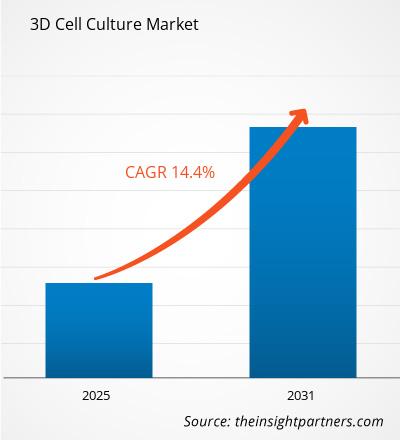
- Get the 3D Cell Culture Market top key players overview
Frequently Asked Questions
What are the options available for the customization of this report?
What are the deliverable formats of the 3D Cell Culture market report?
Which are key players in the 3D Cell Culture market?
What is expected CAGR in the 3D Cell Culture Market?
What are the factors impacting on the 3D Cell Culture Market growth?
What are the future trends in 3D Cell Culture Market?
- Historical Analysis (2 Years), Base Year, Forecast (7 Years) with CAGR
- PEST and SWOT Analysis
- Market Size Value / Volume - Global, Regional, Country
- Industry and Competitive Landscape
- Excel Dataset
Recent Reports
Related Reports
Testimonials
Reason to Buy
- Informed Decision-Making
- Understanding Market Dynamics
- Competitive Analysis
- Identifying Emerging Markets
- Customer Insights
- Market Forecasts
- Risk Mitigation
- Boosting Operational Efficiency
- Strategic Planning
- Investment Justification
- Tracking Industry Innovations
- Aligning with Regulatory Trends












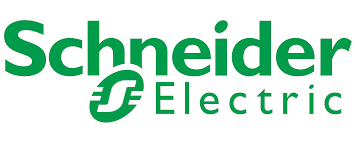


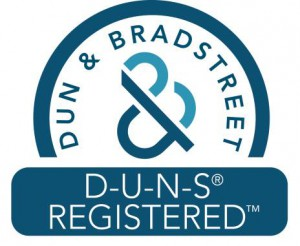
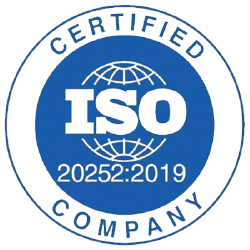
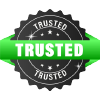



 Get Free Sample For
Get Free Sample For